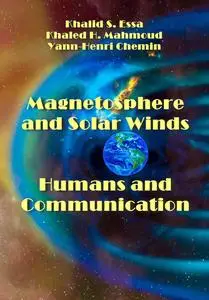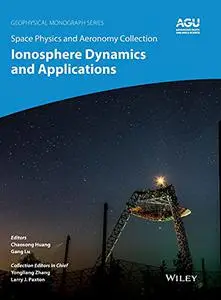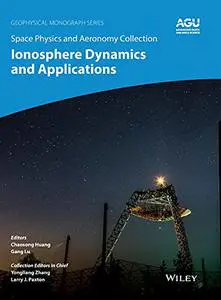"Magnetosphere and Solar Winds, Humans and Communication" ed. by Khalid S. Essa, Khaled H. Mahmoud, Yann-Henri Chemin
ITexLi | 2022 | ISBN: 1803557486 9781803557489 1803557478 9781803557472 1803557494 9781803557496 | 204 pages | PDF | 32 MB
ITexLi | 2022 | ISBN: 1803557486 9781803557489 1803557478 9781803557472 1803557494 9781803557496 | 204 pages | PDF | 32 MB
This volume presents a full description of the magnetosphere and its effect on the solar wind, climatic modes, the Polar Cap index in relation to magnetosphere disturbances (substorms and magnetic storms), recent developments and challenges in developed ionosphere models, and more.




